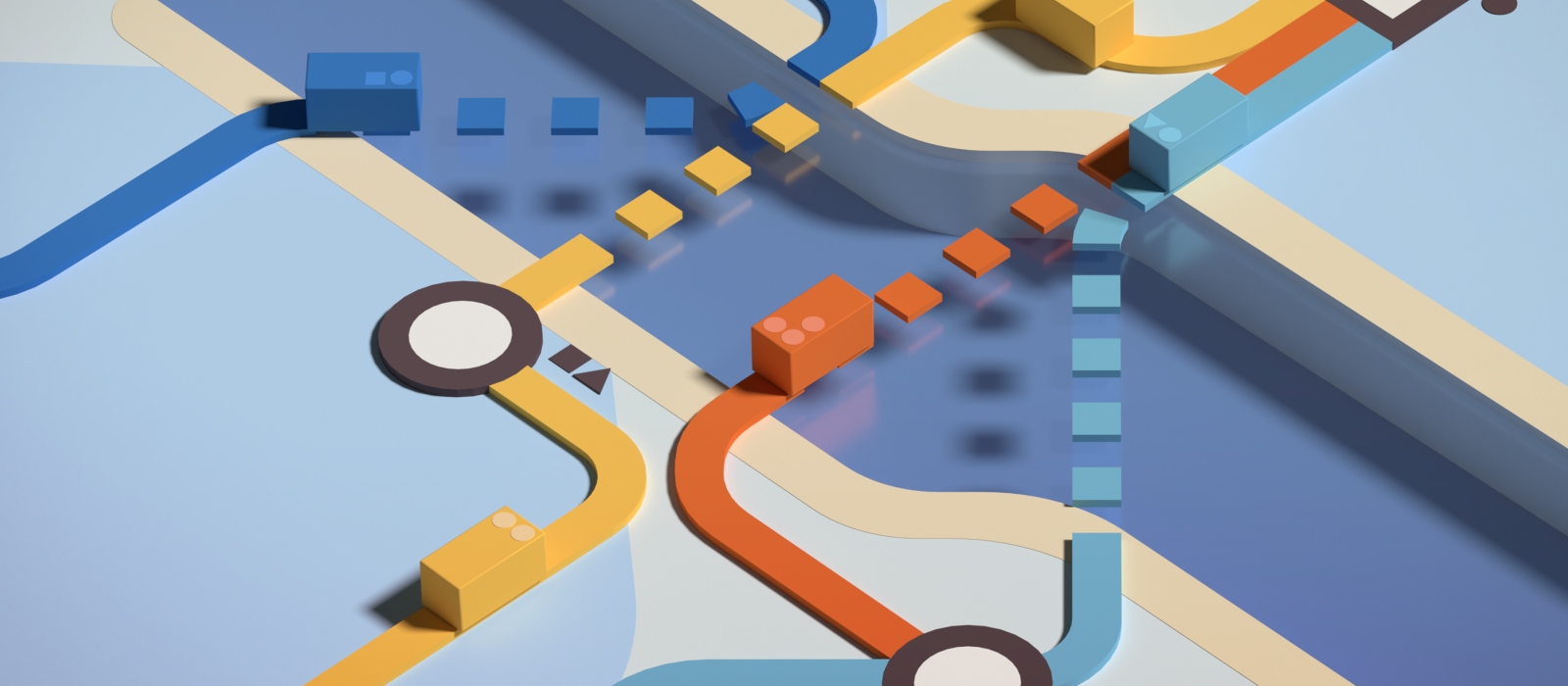As part of our upcoming 10-year Miniversary, we’re looking back at our games and our community, sharing stories about how Dinosaur Polo Club and the Mini Collection came to be! Keep up to date with us here as we share regular blog posts in the lead-up to our biggest update ever.
Last week we shared part one of two posts featuring ‘A Chat with the Devs.’ This week, we’re chatting with one of the original Mini Motorways artists, plus one of our co-founders!
First, we took a stroll over to our amazing art team and asked one of our original dinos, Poppy, what difference the Mini Series has made to their career. Has ‘Mini’ taught you anything you didn’t expect it to?
I think the biggest difference Mini games have made to my career is giving me the opportunity to experience making a game that is so different from the traditional game pipelines. This has helped me open my eyes to other ways of approaching creating games that I would not have thought of otherwise!
It’s also taught me that there is a ridiculous amount of work that goes into minimalist games. When I first started working at Dinosaur Polo Club, I imagined [the Mini games] would be simpler to make due to fewer art assets being needed. WRONG!! They’re just as complicated, and the amount of careful design that goes into each art asset is mind-boggling sometimes.
As we reflect on our very first game, Mini Metro, we couldn’t help but ask our co-founder and designer, Robert, the following question. The ‘Mini Series’ seems like it was the thing that cemented your role as more of a game designer than a programmer, although you have a history in the later. What was it about design that pulled you in that direction?
I’d always been interested in branching out into design, and in my early days at Sidhe Interactive I got to design a few small features on our sports titles. Peter, Jamie [Churchman, Mini Metro’s original artist and contributor to the title’s updates to this day] and I all had a lot of input into the design of Mini Metro but I took the lead on map creation which meant I got a bit more cred as the ‘designer.’ I continue to program, and I enjoy the satisfaction of a well-thought-out solution to a tricky problem, but I’ve always seen it as more of a means to an end – and so pairing it with game design means you get to enjoy creating the problem and also solving it.
Lastly, we asked Robert what has surprised or delighted him most about seeing people interact with our games. Here’s what he said:
I think it’s always people responding unexpectedly, that’s always interesting. Early on in the beta we changed the map screen so it looked more like an old-fashioned NYC route map, however, it replaced the map preview with big coloured dots. What we found out was that people loved the maps, so we reverted the change. And the first version of the Hong Kong map had a bug that caused passengers to spawn at a much higher rate. It was an easy fix but people said they really liked it the way it was! So we went back and changed the map to give out double trains instead. It’s great when creation becomes a conversation with the community.
